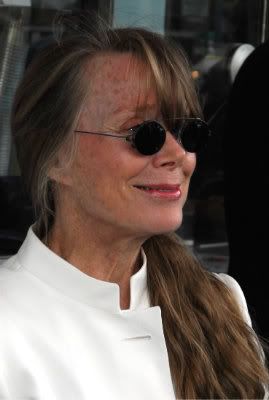
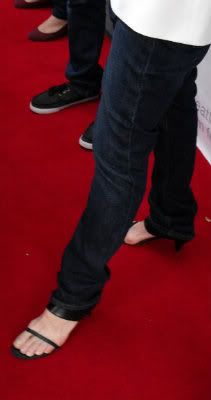
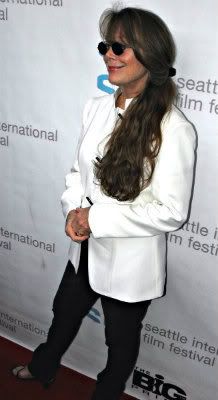
The beauty of a lengthy film showcase the size of the 2012 Seattle International Film Festival is that one is able to fashion it into just about any type of viewing experience desired. With 273 features representing seventy different countries, it can easily transform into solely a Slavic film festival, a French one, or perhaps most rewarding of all (in my case), a Documentary festival. This 38th edition of SIFF (which just wrapped after a 25-day run), was certainly a different film festival for each attendee, and more than likely an enjoyable one.
At a festival this large (the most-attended in the U.S., which makes sense with its near month-long run), the trick is trying to figure out in advance where best to spend one’s limited cinematic hours. Fortunately, the Seattle weather cooperated this year by being its cold grey rainy self. After emerging from another typical Seattle winter (and winter-like spring), the last thing most Seattleites want is to spend one of the first rare sunny days inside a dark theatre. But, by and large, the weather stayed lousy, so all the screenings I attended at venues throughout the city were sufficiently filled.
As a mid-level film festival, SIFF can’t be expected to attract the pedigree of filmmaking on display at, say, Cannes, Venice, or Toronto. However, in a fun fluke of scheduling, Wes Anderson’s delightful Moonrise Kingdom screened for the SIFF press at the exact moment it was opening this year’s Cannes festival. Still, SIFF can be the ideal opportunity to catch more obscure films on the big screen that will likely never be seen outside of the festival circuit. Granted, some might posit that there’s a reason many of these 273 films won’t get picked up for release, but cinematic quality is a subjective call (as with almost all types of art), and the festival certainly offers up ample opportunities to discover hidden gems.
While a handful of original fiction films thrilled me this year, it was primarily the documentaries, revivals, and tribute guests that made SIFF 2012 such a memorable experience. The first of this year’s honorees was the uniquely talented film actress Sissy Spacek. A fearless, always honest and original performer, Miss Spacek arrived at her Uptown Cinema tribute looking chic yet simple in retro sunglasses, slacks, and open-toed sandals. Taking to the stage with Time magazine film critic Richard Corliss, she immediately had the audience in the palm of her hand with her self-deprecating humor and down-home charm. Despite having worked with some of cinema’s great American auteurs (Terrence Malick, Robert Altman, Brian DePalma, and David Lynch), Spacek carries nary a whiff of vanity or ego, coming across just as her screen persona suggests … a lovely, big-hearted and dedicated artist.
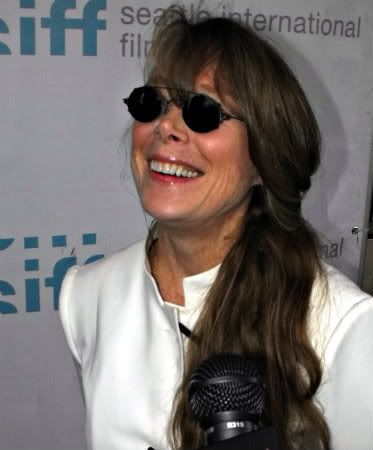
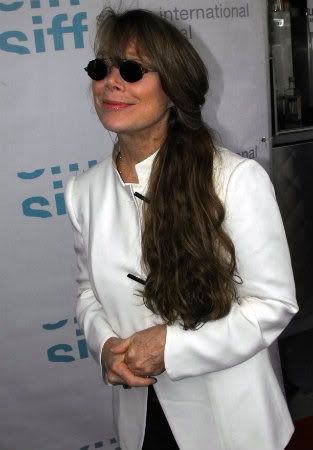
– Spacek SIFF photos by Steve Striegel, exclusively for ICS
One of the festival’s highlights was the pre-tribute screening of DePalma’s color-saturated fever dream Carrie, a film that put Spacek on the map with the first of her six Best Actress Oscar nominations. Spacek explained to the audience that she almost didn’t try out for the role of Stephen King’s telekinetic heroine Carrie White, as she’d just been hired to do a Vanquish TV commercial instead. She landed the career-changing role (perhaps her most challenging to date, she admitted) partly due to having worked (as a set dresser!) on DePalma’s Phantom of the Paradise alongside husband Jack Fisk, Malick and Lynch’s art director of choice. Spacek’s iconic performance in Carrie elevates the film to a higher plane, her tortured innocence so ultimately heartbreaking as she navigates between the good and evil of co-stars Betty Buckley and Piper Laurie.
“Brian did a remarkable job with that,” effused Spacek. “It was just so different. It’s not like a horror film, it’s unique because it’s funny too. It’s scary, like ‘Boo’!” In the Q&A that followed, a fan in the front row held up the actual bright-eyed Jesus figurine, pierced with lances, that Carrie prays to when shut in the claustrophobic closet by her mother. Sissy was surprised to see the foot-tall statue again, which jogged her memory of her character’s penultimate scene. “It was an interesting story … I was doing my first big death scene in Carrie, and I was in the closet, and Brian was shooting from the top of the closet looking down on me. And this little figure, this sort of crucifix was kind of moving, its eyes were lighting up … and I’m dying, and I’m dying, and I’m dying … just dying, and suddenly I hear from up above, ‘DIE Sissy … just DIE !!’ ” As the SIFF audience laughed along, Sissy pointed to the little figurine. “It was just him and me in there! Thank you for bringing that.”
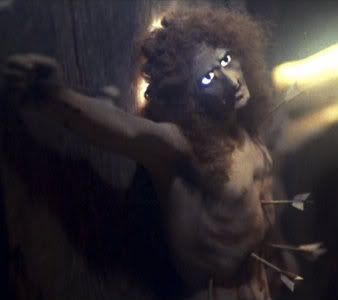

According to Spacek, the film’s horrific prom set piece took over a week to film, but the dousing by a bucket of blood was completed in just two takes. A boy rose from the audience to ask if real pig’s blood was used for the scene (the question she’s asked most often by youngsters), and Spacek informed him it was just Karo syrup with red food coloring. The sticky concoction would dry to her body under the hot movie lights, so an assistant was assigned to follow her around the set, spritzing her continually to keep her moist. As for the shocking last scene, Sissy was proud to have insisted that she be the one to do that final, frightening grab. “I do all of my own foot and hand work!” she joked, giving her director props as well. “I think Brian was so excited to see me buried!”
Prior to Carrie, Spacek’s first starring film role was as the baton-twirling teen Holly in Terrence Malick’s killer-on-the-lam debut, Badlands. Landing that role was a turning point in Spacek’s life, and she credits her small-town Texas upbringing for much of it. “I think the most important thing for me, the thing that I realize, is that my childhood has so informed my work,” explained Spacek in her distinctive twang. “The childhood that I had in Texas, that was very similar to the one Terrence Malick had, is probably what got me that job in Badlands, and so I am really grateful that I was raised there. Everything up until then was just leading to that moment as far as I’m concerned. I’ve realized that everything that’s happened to me in my life, I’ve been able to use in my work. The early part of my life has been like a deep well that I just draw from and draw from, and it never seems to go dry.” Commenting on how Badlands impacted her life, Spacek noted, “It was when I realized that film could be art. I think I became a filmmaker on that picture, and of course … I fell in love with Jack.”
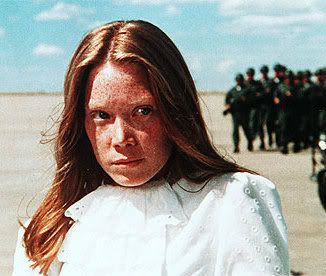
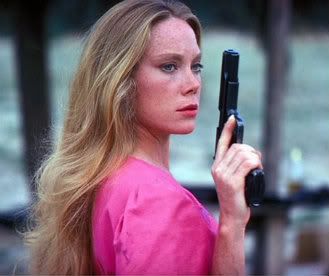
Towards the end of the ’70s (that brilliant decade of filmmaking), Sissy teamed with another of America’s iconoclasts, Robert Altman, in his dreamily enigmatic 3 Women. “Working with Robert Altman was interesting because he dreamed 3 Women (so he said). In the beginning we got a treatment and we’d talk about the scenes we were going to do. And usually when a film starts you have a screenplay, you work on the characters, you work on the scenes. But with Bob we would get the scene at the end of the day! We would shoot all day and do these elaborate scenes and ad lib, and at the end of the day the script supervisor would give us the pages of what we shot that day, so by the end of the film we would have an entire script!” she laughed. When trying to find her character’s motivation, Spacek explained, “I would get upset sometimes. I’d say, ‘Bob … it’s just not working for me, it doesn’t feel real, it’s not reality!’ And he’d say, ’Sissy, once you do it, it becomes reality, good or bad!’ He was quite a character,” she said, beaming.
It took Spacek over a quarter century after helping David Lynch behind the scenes on Eraserhead (she receives thanks in the film’s credits) before she took on an acting role in Lynch’s beautiful, atypical The Straight Story. Before they attended art school in Philadelphia together, Lynch and Jack Fisk were close classmates at school in Virginia. “They sat beside each other in class, and they were the only two students in 9th grade who wanted to be painters, and live the art life,” Spacek explained. “So they’ve been best friends ever since.” Sissy first met the great filmmaker in L.A. where Lynch (like Terrence Malick before him) was working on his honors thesis for the American Film Institute’s filmmaking program. “When I first met David Lynch he was living in the stables at AFI,” where he was filming Eraserhead on the Doheny mansion grounds, Spacek explained. “He worked at night and then in the mornings he would have his crew lock him into the stables, and he would sleep in the daytime because he wasn’t supposed to be living there! He worked for five years that way.”
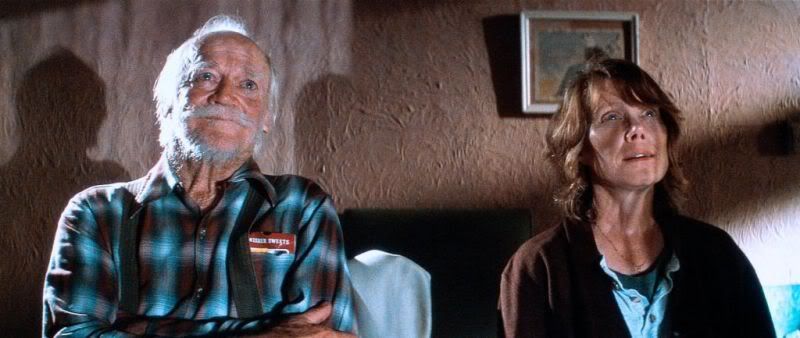
Filming The Straight Story with David Lynch was one of the highlights of Sissy’s career, despite having to shear off her signature long locks for the role. Lapsing (for the second time) into her spot-on imitation of Lynch’s distinctive midwestern drawl, Sissy intoned, “You’ve gotta cut your hair, Sis.” “C’mon Dave, I wanna wear a wig,” she replied at the time. “Noooo. You’ve gotta cut your hair,” Lynch insisted. “Well … I cut it for David!” Sissy laughed. Being a part of Lynch’s gentlest film was a personal joy for Spacek. “That was just such a wonderful experience. It was as close to a working situation like Badlands as I’d experienced in a long time. We made it for a million dollars and by the end I was even catering … and that was just sad,” she laughed. “Everybody was there for all the right reasons and it was just great.” Spacek was particularly grateful that she got to work alongside Richard Farnsworth as his daughter in the film. “What a precious man,” she rhapsodized, “And he was very, very ill when we were shooting that film. He would say, ‘Are you cold a little bit?’ and ‘Let me get you a coat a little bit.’ He was just a dear wonderful man, and so perfect for that role … so perfect.”
When Corliss asked her which of the new generation of actors she most admired, without missing a beat, Spacek replied, “Jessica Chastain is my favorite young actress. She’s just a phenomenally talented young actress and I adore her. I can’t wait to watch her entire career.” As for actresses of her own generation, she absolutely worships at the feet of Meryl Streep. “My god, she’s the greatest actor that ever lived. She’s phenomenal! It’s only sad that those ‘ordinary’ actors are compared to Meryl, because she’s just extraordinary.” Not to underestimate the night’s deserving honoree, Corliss wrapped up the evening on a humorous note, replying, “I’d love to see your Thatcher!”
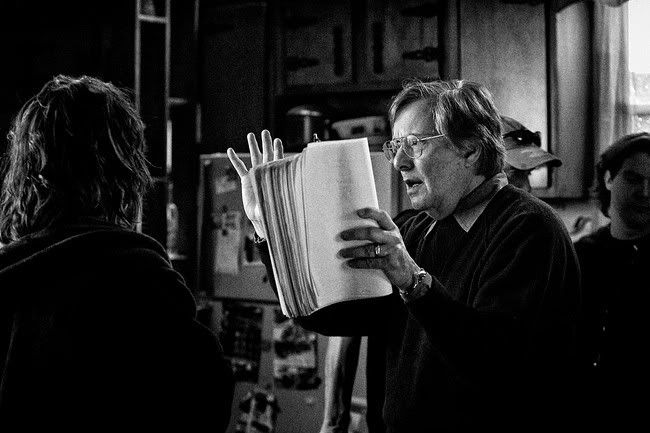
Two nights later, SIFF’s second filmmaker tribute was held to honor acclaimed director William Friedkin (The French Connection, The Exorcist). While in my opinion DePalma’s similarly frightening Carrie holds up much better than The Exorcist, there’s no denying the cultural significance of Friedkin’s 1973 horror classic. Friedkin took to the stage of the Egyptian Theatre to discuss his work with MCN’s David Poland and soon had the audience in stitches with his acerbic wit and biting observations. Pacing back and forth on the large stage, Friedkin was endlessly entertaining as he looked back over his storied career. He rarely sees his own films after they’re completed, preferring to recall them instead like “distant memories.” Not exactly a fan of the current crop of films either, he holds particular disdain for those shot in 3-D. “I don’t buy 3-D,” Friedkin admitted. “I think it’s just a hype. It doesn’t add anything to the story. It’s very decorative and sort of interesting, but I don’t think it really adds anything. The only thing in art that belongs in 3-D is sculpture, where you can walk around a sculpture and see the whole of it. But I don’t need to do that in a film, any more than I need to walk around behind the orchestra during a concert. But on film, it’s the illusion of depth, as in a great painting [such as] Vermeer’s View of Delft. It’s not in 3-D, but it appears to be that you are there … the illusion of depth.”
Ever the Renaissance Man, these days Friedkin finds himself directing operas and plays, and when the right project presents itself, the occasional new film. His collaborations with Pulitzer-winning playwright Tracy Letts (August: Osage County) have been increasingly rewarding, not just for Friedkin, but for cinephiles as well. Their utterly original 2005 film Bug was an actor’s showcase, giving Ashley Judd, Michael Shannon, and Harry Connick Jr. arguably their best film roles to date. Friedkin’s done it again with his twisted adaptation of Letts’ trailer trash morality tale Killer Joe, which ended up becoming perhaps my favorite film of the festival.
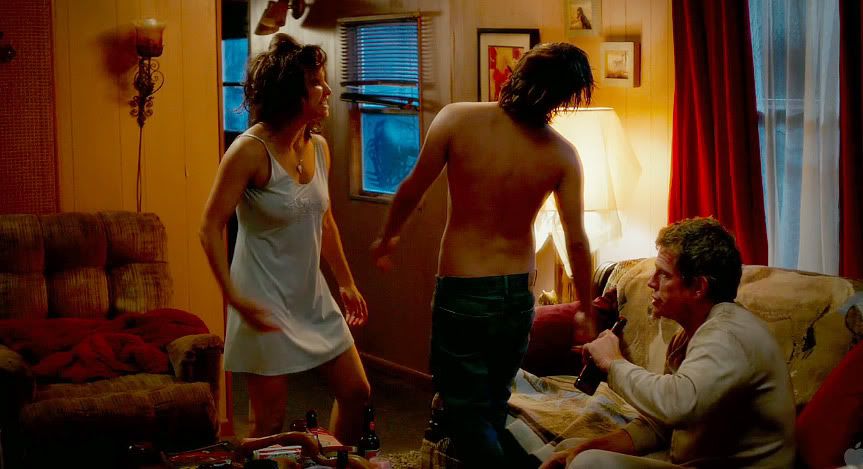
Killer Joe is a ballsy, twisted, take-no-prisoners, ultraviolent Texas po’ white trash noir comedy (phew!), played straight by a fully committed cast encouraged by Friedkin to seek out the truth in their over-the-top characters. “I tried not to insinuate metaphor, or anything that would shed any further illumination on this situation than what’s up there,” explained Friedkin. As a director, Friedkin likes to work fast, usually filming just one or two takes. (Killer Joe took just 19 days to film.) “I’m more interested as a director in spontaneity than perfection,” he said. “I’m more interested in getting naturalistic human behavior on film than a perfect reading of the script.” And as outrageous as the characters on the page may be, the actors do indeed ground them in reality, which is really the only way this material can succeed.
William Friedkin was joined on stage by the film’s lead actor Emile Hirsch, who praised his intensity on set as well as “Billy’s natural energy that kept us on our toes.” Matthew McConaughey’s sinewy, silken drawl and Thomas Haden Church’s hilariously moronic line readings are a perfect fit for Letts’ inspired wordplay, aided in no small measure by those two actors’ Texas roots. Best in show in my mind though is Gina Gershon’s go-for-broke, vanity-free performance (as a woman who will never picnic on chicken again) … gutsy work of a kind that will likely never be honored by that oh-so-respectable Academy. Elaborating on his methodology for extracting such distinctive performances from his cast, Friedkin explained, “What a director does is to create a space, an environment in which the actors and technicians can give their best work. That’s basically it. I mean all the other talk about ‘auteur’ and ‘genius theory’ is just bullshit. That’s the biggest challenge, to create that environment.”
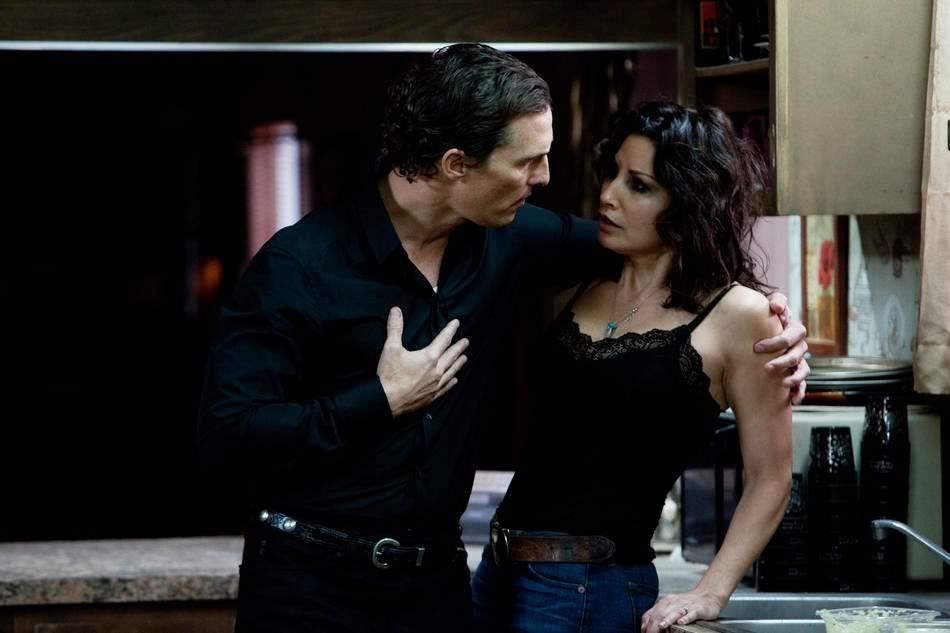
Friedkin’s recent collaborations with Letts are an inspired breath of fresh air, showing a vitality that belies the director’s 76 years. He considers Letts one of the great American writers working today. “We’re on the same page, our world views are very similar,” said Friedkin. “We both see the absurdities in situations.” It’s a shame Friedkin won’t be at the helm of Letts’ upcoming August: Osage County adaptation, a film undoubtedly destined for prestigious Hollywood glory. Still, although Friedkin made two of the 1970s’ most iconic films and already owns a Best Director Oscar, he’s far from resting on his laurels. “My ambition was to one day make a film that could be spoken about in the same sentence as Citizen Kane [his favorite film], and I haven’t even come close,” said Friedkin. “I’m still trying … it’s a goal.”
As mentioned previously, I found SIFF’s Documentary offerings (over 60 this year) to be the most reliably rewarding of the entire festival. Free Throw, shot in traditional talking heads style, was nevertheless a moving testament to the importance of higher education to eight Compton High School students seeking to earn college scholarships by winning their school’s basketball competition. The students’ home lives and back stories were endlessly fascinating, and the film builds to an inspiring, heartfelt conclusion.
Less successful in my eyes were two of the more popular docs screened, The Imposter and Italy: Love It or Leave It. The former (definitely a ‘truth is stranger than fiction’ cautionary tale) focuses on a Texas family not far removed from the one portrayed in Killer Joe. Four years after a teen goes missing, he apparently resurfaces in France, and is eventually reunited with the grieving family back in Texas. The film attempts to explain how the family members were duped by this unlikely imposter (a man who spoke with an accent and looked nothing like the missing boy), but when all is said and done, there really is no good explanation. When the filmmakers allow the ‘imposter’ to speak in his own words his tale is indeed fascinating, but it feels like a cheap trick when at the last minute the filmmakers attempt to switch the audience’s loyalties from the brazen perpetrator to the rightfully embarrassed Texas family.
While I realize that finding unvarnished ‘truth’ in a documentary is often a dubious prospect (an issue Luis Buñuel slyly addressed in his great Las Hurdes), I still have problems with non-fiction films that rely in large part on recreated or staged scenes. In Italy: Love It or Leave It, the filmmakers put themselves front and center as they travel about Italy trying to decide whether to continue living in the country or relocate to Germany. Perhaps I’m too much of a purist, but I have an instinctive aversion to scenes that are set up to seem like captured reality, when it’s obvious they’ve been staged for the camera’s benefit. I suppose it’s a fruitless hope that fiction and non-fiction films remain segregated and mutually exclusive, because these hybrids seem to be gaining in popularity. Granted, introducing a camera into any given situation alters the dynamic at hand; I simply prefer the delineation between captured and staged footage to be a bit more pronounced.
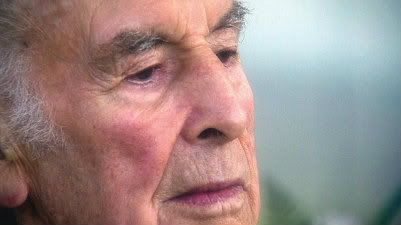
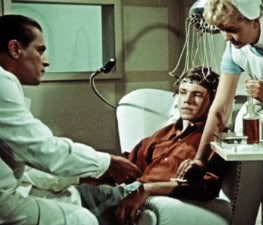
Great documentaries inform and enlighten, and three fascinating examples at SIFF did just that, immersing me in worlds with which I had little previous experience. The Substance: Albert Hofmann’s LSD is a wonderful exploration on the origins of the mind-expanding chemical, overflowing with fascinating half-century-old footage, as well as touching interviews with the nearly 100-year-old titular scientist. Similarly informative, yet decidedly more timely is We Are Legion: The Story of the Hacktivists. A rousing, often very funny chronicle on the cyber world’s own merry pranksters, the documentary delves into the surprising power and solidarity wielded by anonymous cyber warriors and their battles with the corporate powers that be. Both of these fascinating documentaries focus on those at society’s fringes, and the fear they’re able to instill within the Establishment.
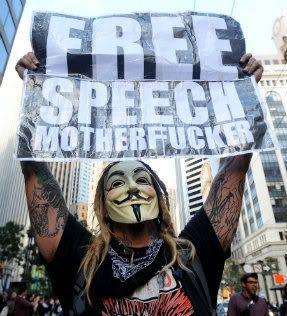
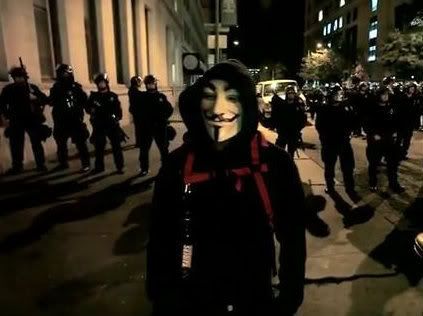
Equally fascinating is Marina Abramovic: The Artist is Present, the story of the so-called ‘Grandmother of Performance Art’ as she goes about preparing for the show of her lifetime, a 2010 retrospective at N.Y.’s Museum of Modern Art. Abramovic is an endlessly watchable pioneering artist, and the film lovingly chronicles her groundbreaking performance pieces en route to an emotional MOMA climax. Towards the end, the film becomes a study of the human face as Marina (the present artist) sits like a flesh-and-blood Mona Lisa and gazes directly into the eyes (and souls) of her dedicated followers. Perhaps not since Dreyer’s The Passion of Joan of Arc has a film dwelled so meaningfully on the faces of its subjects, and there’s a shared humanity to these one-on-one brief encounters that we in the audience are privy to. A beautiful film in thrall to its beautiful subject.
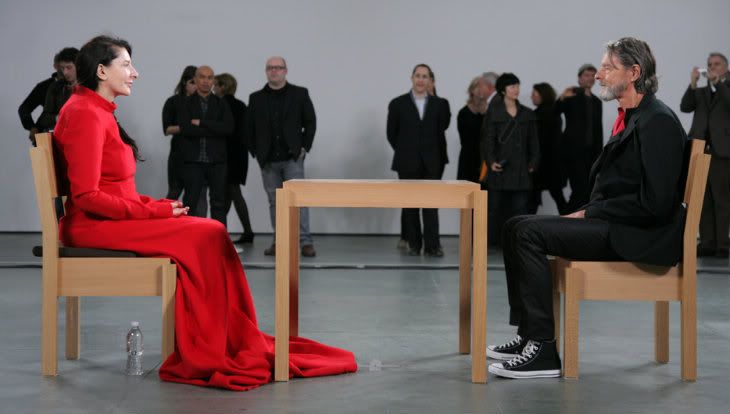
Another beautiful, if inscrutable highlight of SIFF 2012 was Guy Maddin’s abstract, almost expressionistic Keyhole, a hallucinatory haunted house tale of a family trying to cope with serious abandonment issues. Grounded by Jason Patric’s no-nonsense performance as a ’50s noir type, the film bombards the senses (both visually and aurally) as only a Maddin film can. After just one viewing I won’t pretend to fathom all the meaning of what Maddin calls a “discombobulating experience,” but was just content to be immersed in his dreamlike world.

Speaking with the audience via Skype after the screening, Maddin jokingly called the film “the ultimate deadbeat dad story,” one which dredged up raw, unresolved feelings from his own childhood. He admitted being quite proud of the atmosphere created in the film, thanks in no small part to the contributions of cinematographer Benjamin Kasulke and composer Jason Staczek (two Seattleites whom Maddin calls “collaborators for life”). Reminiscent stylistically of both David Lynch’s Eraserhead and Inland Empire (as well as featuring Lynch muse Isabella Rossellini), Keyhole is a completely immersive experience, filmed (and perhaps best viewed) in an Albert Hofmann state of mind.
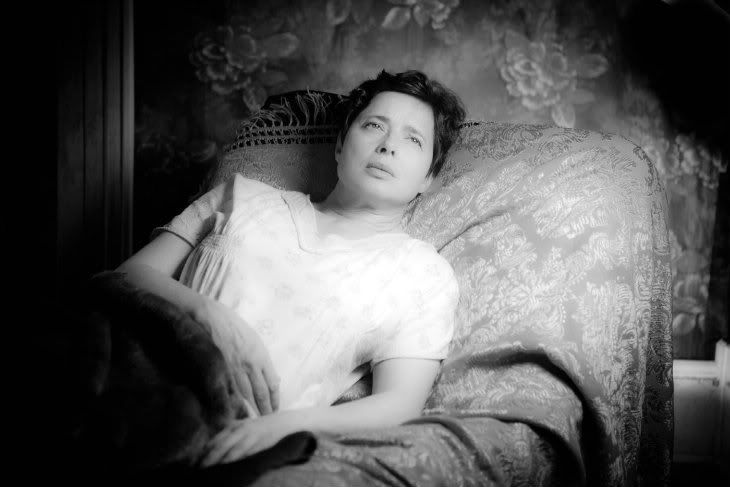
In addition to Keyhole, up-and-coming Seattle cinematographer Benjamin Kasulke also lensed the festival’s Safety Not Guaranteed, as well as SIFF’s opening night film Your Sister’s Sister. Befitting a film festival in what Guy Maddin referred to as his “favorite American city,” both the opening and closing night features were Seattle-based films. While Lynn Shelton’s opener Your Sister’s Sister featured career best work from its trio of lead actors, Stephen Gyllenhaal’s closing night film Grassroots (despite a strong lead performance by Joel David Moore) was perhaps a bit too Seattle-specific to engender wide outside interest. Focusing on Moore’s enthusiastically irritating City Council candidate in his quixotic quest to expand Seattle’s monorail, the film is nevertheless a pleasant showcase for the specific charms of this Northwest metropolis (traffic notwithstanding).
Filmed in Seattle as well, The Details has already been picked up by the Weinstein Company, so expect an awards push for the loopy, over-the-top performance of Laura Linney as the clichéd, wackadoodle neighbor of Tobey Maguire and Elizabeth Banks. In a mildly humorous tale of marital infidelity and invasive raccoons, I was impressed by Maguire’s likable, slow-burn performance as a man whose suburban tranquility is gradually upended. In fact, throughout the festival I found myself admiring far too many gutsy performances sadly let down by the films surrounding them.
A case in point would be God Bless America, Bobcat Goldthwaite’s frenetic follow-up to his daring World’s Greatest Dad. A supposed ‘cutting edge’ tirade against vapid American pop culture, the film becomes increasingly tiresome after its admittedly fantastic start, skewering such easy targets as American Idol, suburban mall culture, America’s obsession with guns, etc. Bill Murray (so wonderfully droll in his too-brief Moonrise Kingdom role) is not the only member of his clan with formidable acting chops. Younger brother Joel Murray landed the plum lead role in God Bless America and he makes the most of it, particularly with an increasingly deranged workplace rant which had the audience howling with laughter. Unfortunately, it was all downhill after this provocative monologue, which is a shame as it occurred just five minutes into the film.
Another disappointment for me was Andrea Arnold’s take on Emily Bronte’s Wuthering Heights. Arnold is a formidable cinematic talent, whose previous two films (Red Road, Fish Tank) were grittily moving. This time out, however, I found the results stultifying and inert. I appreciate that Arnold attempts to tell this tale of star-crossed lovers visually in a cinéma vérité-like style, but by failing to establish any emotional connection to either Cathy or Heathcliff, she sucks all the air from the film, resulting in tedium and apathy.
Underwhelming for me as well was festival darling Beasts of the Southern Wild, an amateurish and ham-fisted ‘magical’ tale of a spunky Louisiana tyke facing life’s harsh realities with inimitable pluck and grit. This Shirley Temple of the Bayou (with a screech like nails on a chalkboard) is designed to charm her way into our hearts (or at minimum collect a slew of acting awards), and any resistance is futile. While little Quvenzhané Wallis performs with gumption, navigating the screenplay’s ever more ridiculous machinations, I didn’t buy the character (or the film) for a minute. The interminable voice-over narration, filled with folksy bromides and down-home ‘wisdom’ was particularly eye-rolling, and don’t even get me started on those touches of ‘magic realism’ (aka slo-mo hogs with horns). Apparently Beasts is positioning itself to be the must-see indie film of the year, but take my advice and proceed with caution.
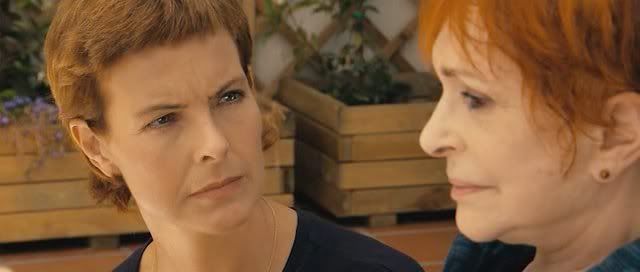
Much more deserving of one’s time and attention are three excellent European films, all featuring lead performances of immense likability and power. Carole Bouquet, whose unique resume includes debuting in Luis Buñuel’s swan song and being an ’80s Bond girl, has perhaps the role of her career as the star of André Téchiné’s endlessly fascinating Unforgivable (Impardonnables). Focusing on the messy intertwined lives and loves of a handful of colorful characters in Venice, Italy, I never quite knew where Téchiné’s film was taking me, yet was happy to be along for the ride in the capable hands of Bouquet, André Dussollier, and the moving Adriana Asti. Enigmatic and somewhat world-weary, Bouquet brings a lifetime of experience to her role, showing the troubled soul of a middle-aged beauty, and offering up one of the best performances I saw during the entire fest.
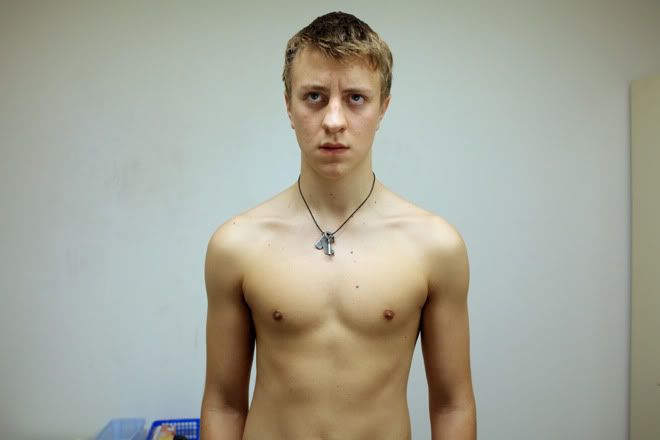
Two of the fine male performances on display at SIFF anchored a pair of intriguing character studies from central Europe. From Austria, Breathing centers on a juvenile detention inmate who takes a job as a morgue assistant, and soon is forced to face unresolved aspects of his troubled past. In a studied, almost clinical (and very Austrian) film, the lead performance of young Thomas Schubert is a marvel of underplaying. With details of the character’s past doled out sparingly, we’re left with just the actor’s eyes to guide us through. Largely an unspoken performance, Schubert’s opaque facade draws us in as we hope to discover answers to the past his character has buried within.
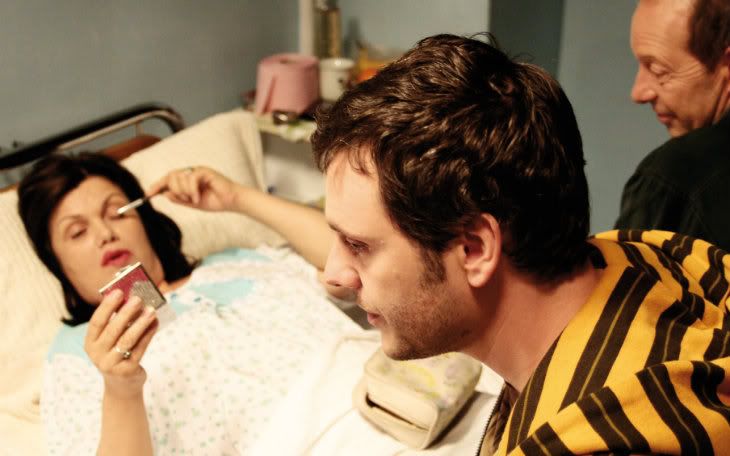
The deadpan Romanian film Best Intentions was a fascinating and frustrating delight. Like Grassroots’ obsessed central character, the young man at the film’s center firmly believes that he is doing the correct thing, the moral thing, yet somehow can’t stay out of his own well-intentioned way. Hoping to do right by his hospital-bound mother (shades of The Death of Mr. Lazarescu), put-upon Bogdan Dumitrache invests his role with an increasingly tightly wound frustration, the do-gooder with absolutely no self-objectivity, and it’s a wonderful performance in yet another dryly comic Romanian character study.
It’s nearly impossible to encapsulate a festival the size of SIFF in just one article, and as previously mentioned, the festival I experienced was probably different than anyone else’s. For Seattle cinephiles with due diligence and fortitude, seeking out these rare gems from the mountain of films offered can seem like an overwhelming challenge. While one might not always be completely successful in the hunt, the knowledge that so many distinctive films are there waiting to be discovered is a warm comfort.
Favorite Festival Films
Best Intentions
Breathing
Elena
Keyhole
Killer Joe
Marina Abramovic: The Artist is Present
Moonrise Kingdom
The Substance: Albert Hofmann’s LSD
Unforgivable
We Are Legion: The Story of the Hacktivists
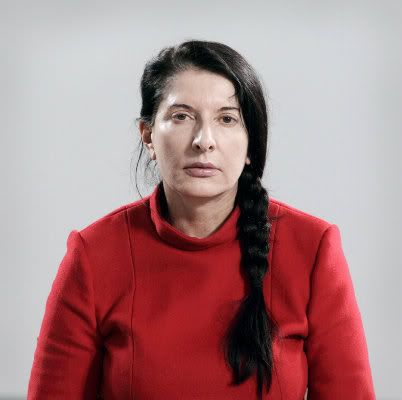
Favorite Performances
Marina Abramovic – The Artist is Present
Carole Bouquet – Unforgivable
Thomas Haden Church – Killer Joe
Bogdan Demarche – Best Intentions
Gina Gershon – Killer Joe
Nadezhda Markina – Elena
Matthew McConaughey – Killer Joe
Edward Norton – Moonrise Kingdom
Jason Patric – Keyhole
Thomas Schubert – Breathing
